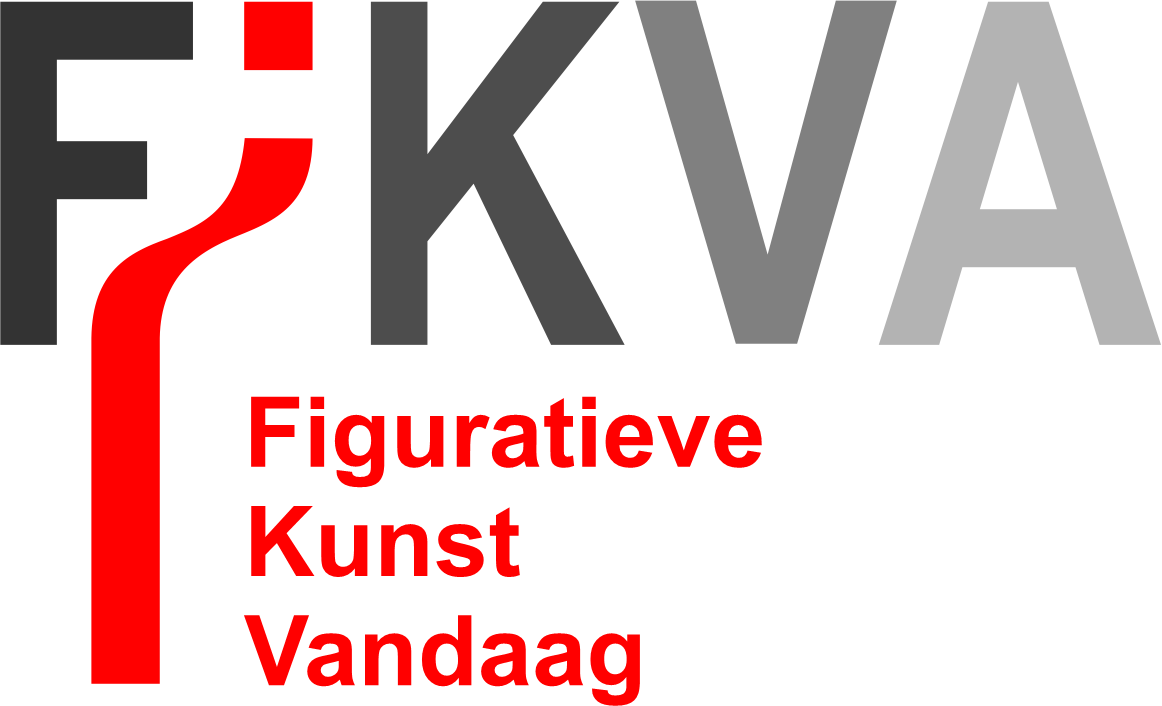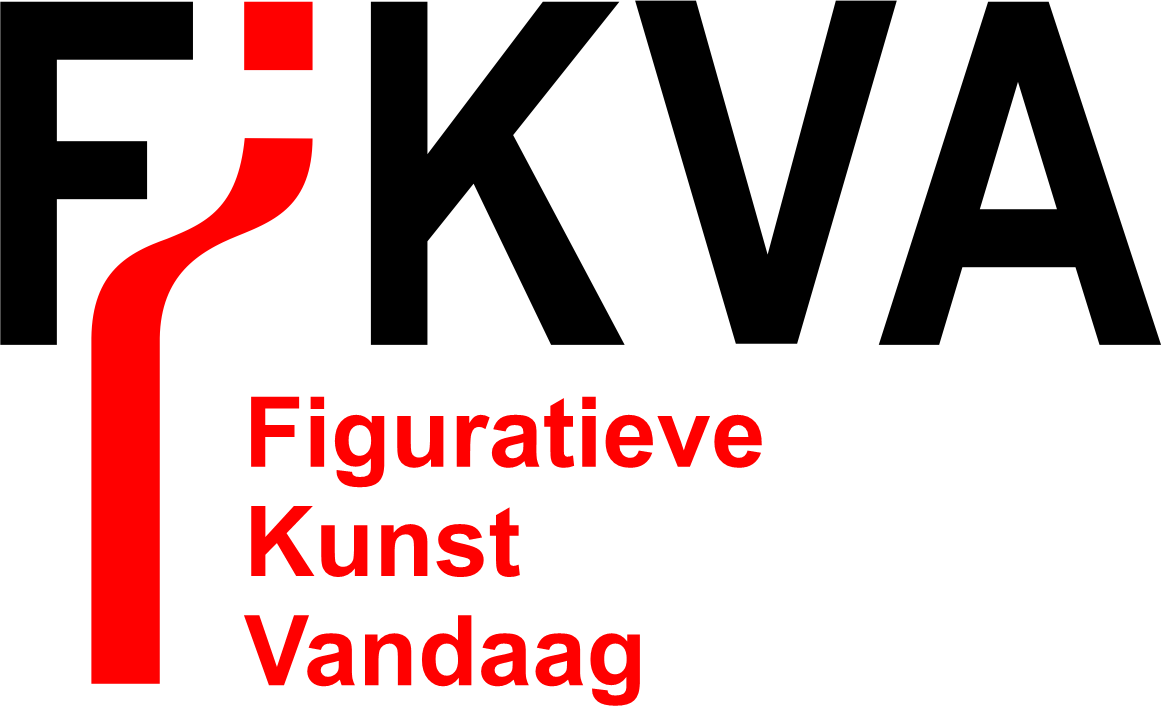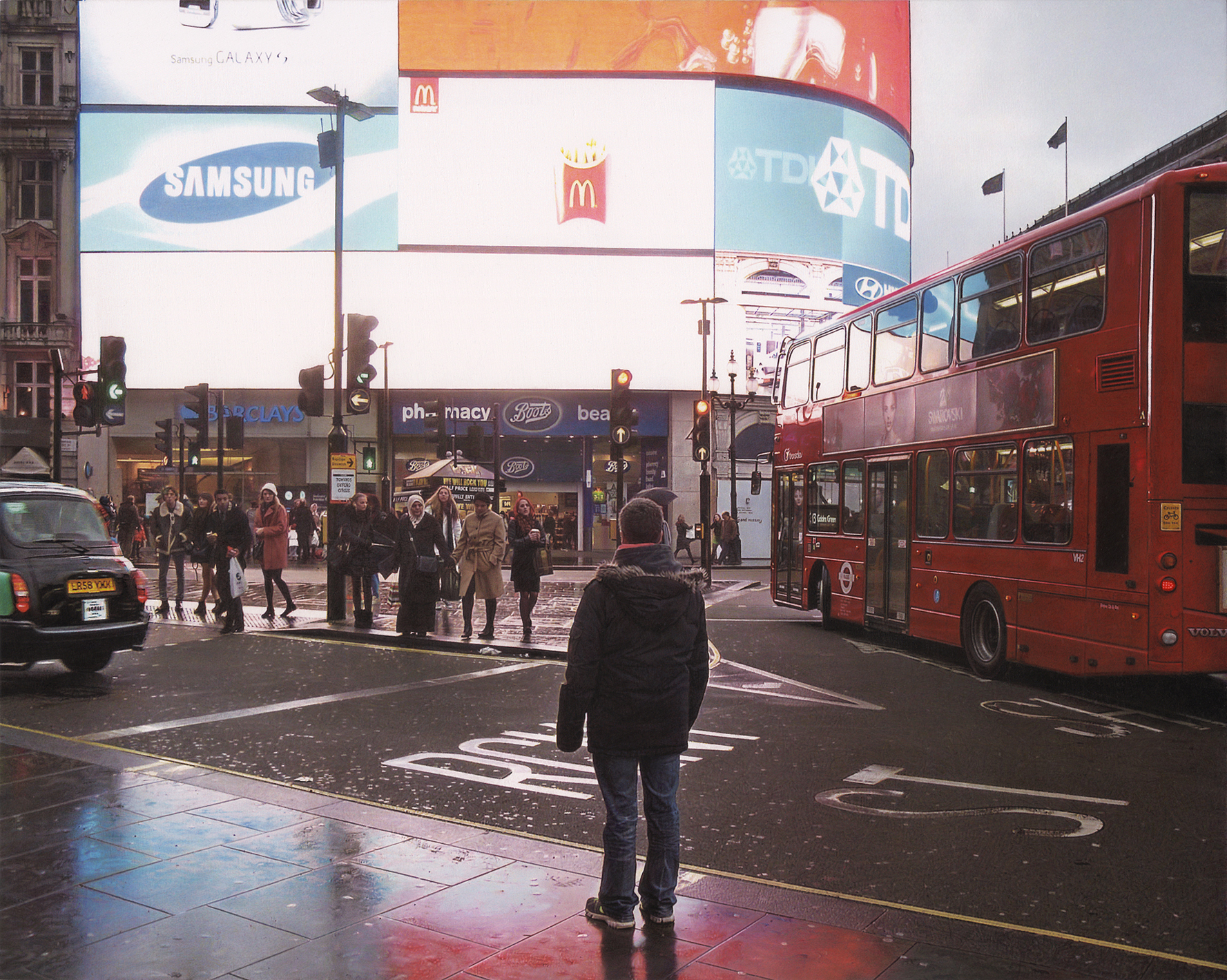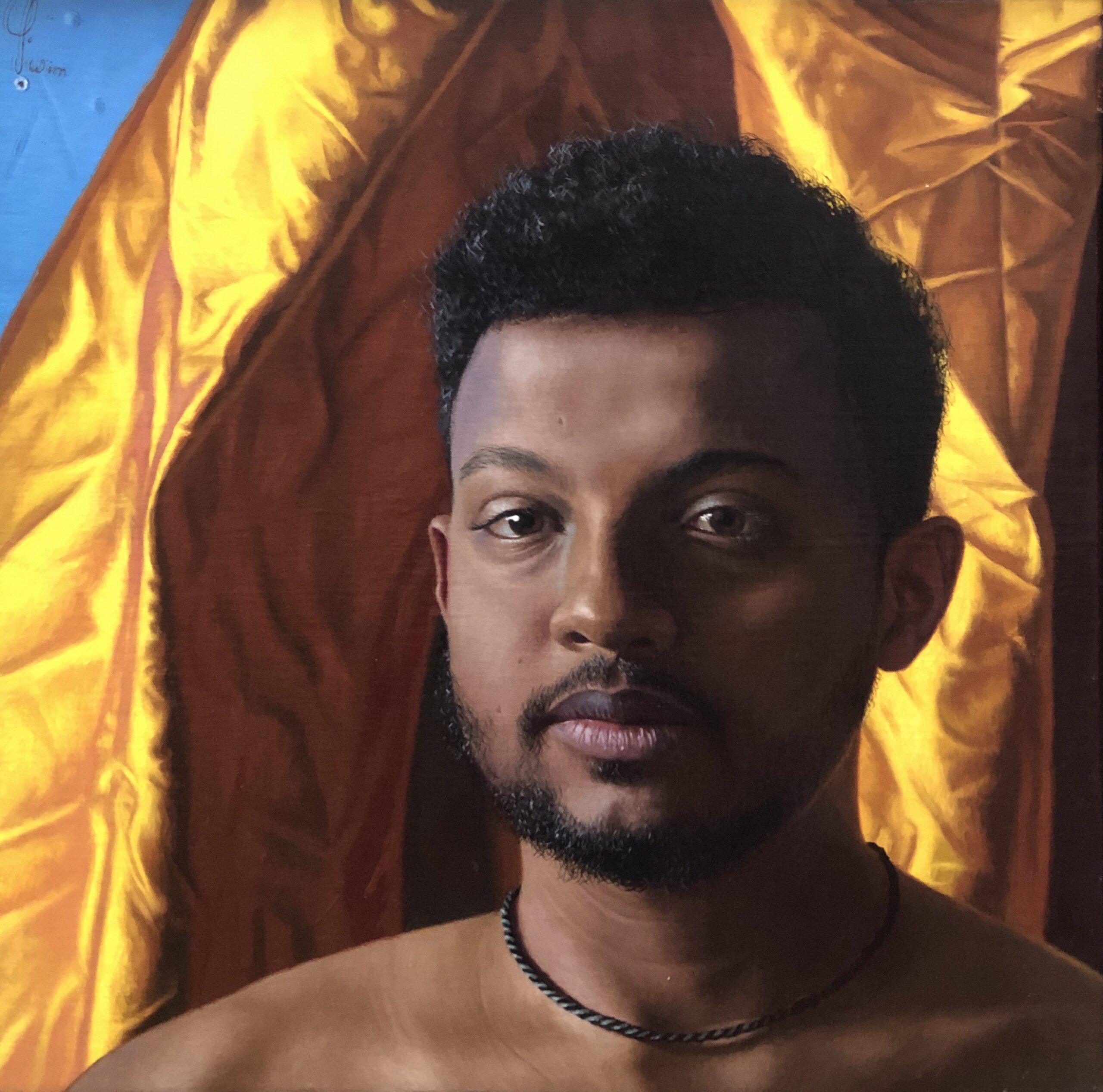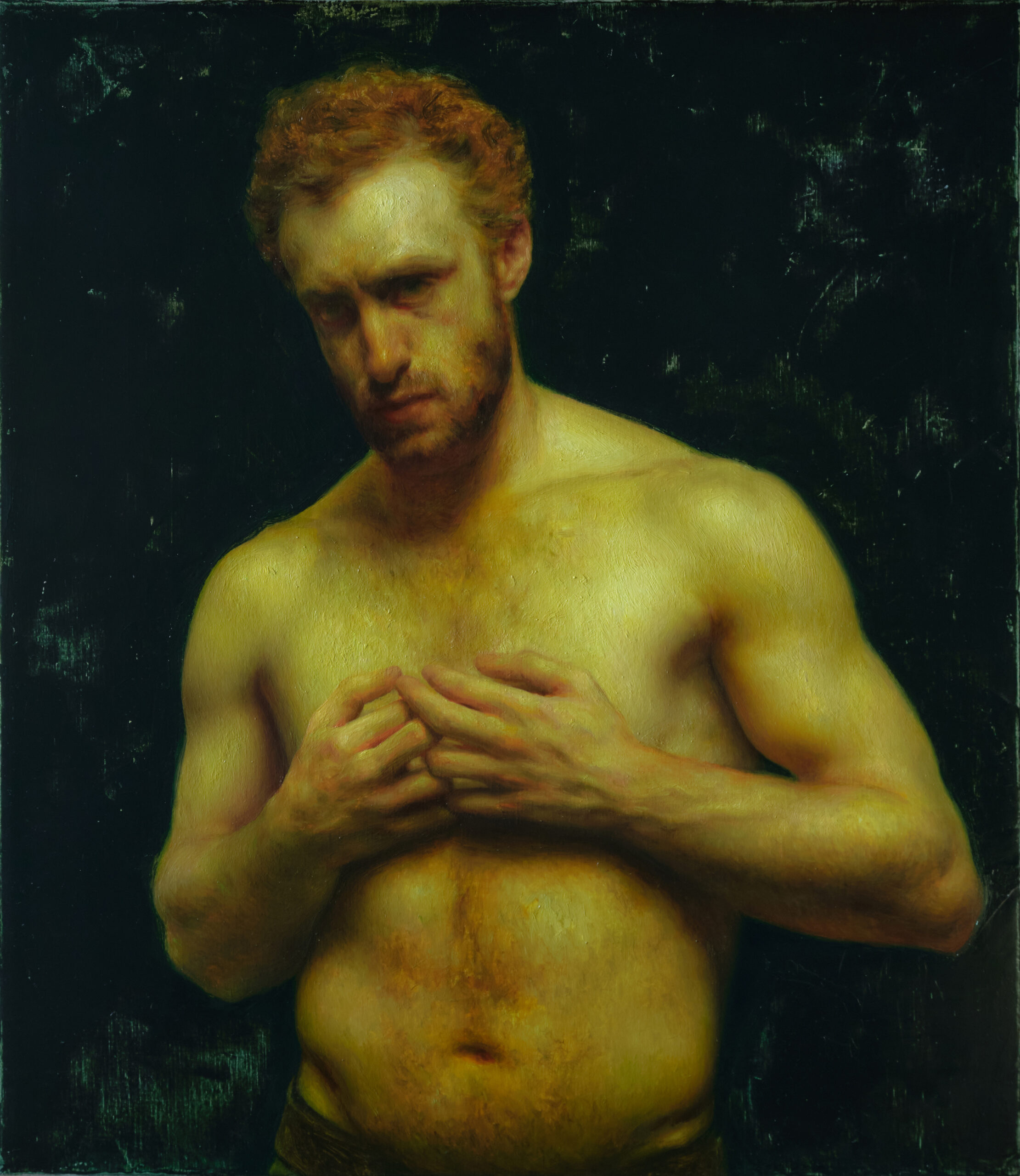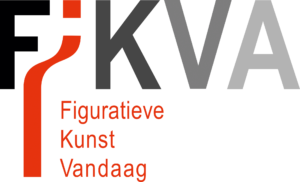
Meet Artist Richard Harper
GALIA VELEVA: INTERVIEW WITH THIRD PLACE PRIZE WINNER OF MINIARTURES 2024 – RICHARD HARPER
Q: What’s the best advice that you have ever heard or received and that you would like to give other starting artists?
One important thing is to look at other artists, especially the old masters. Ingres told Degas to make copies of the great master’s works. Making copies of the masters has fallen out of favour, but it is one of the best ways to study and dissect a master work. It challenges and pushes your observation. Contrary to the idea that it will kill the potential genius of an artist, it actually enriches your artistic vocabulary and exercises all your skills and explores all the possibilities of how to paint. Genius will come out if it is there; the rest of us will have to suffer as less than genius… Also, I would say the best advice I could give would be: Be tenacious; don’t settle for anything less than the best you can do. Really! Don’t slack. Your honest self-judgement is important. Be your harshest critic, and work work work!
Q: What do you enjoy the most about creating?
Starting a painting, then months or years later finishing it.
Q: Who has (had) a positive influence on you as an artist?
Ken Ottinger, one of my professors at the Los Angeles Art Center College of Design changed my life. He sent me on the way to becoming a painter by recognizing that I was following the wrong cursus of study, design, and his first words to me when he was evaluating the students in his marker indication class were, “oh no, if you continue as a design major you will be miserable the rest of your life. You should be in the painting department…”
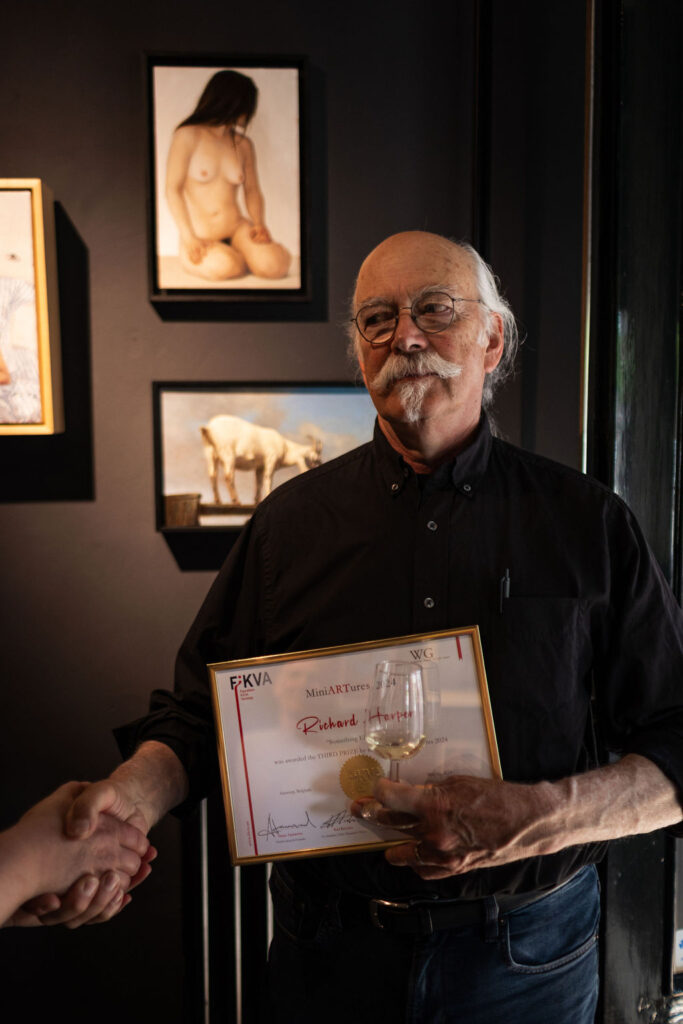
Q: What’s according to you the best artwork you’ve ever seen? Did you find it or did it find you?
Among the many contemporary realist works I admire, one of my favourites would be William Beckman’s 1978 “double nude”
For 19th century painting it would be a tossup between Monet’s water lilies in the Orangerie in Paris, and his Rouen Cathedral paintings at the musée d’Orsay
So many works through the centuries of western art are at the top of my list. I would have to say that “Portrait d’homme”, 1650 (Charles Coiffier, baron d’Orvilliers) By Philippe de Champaigne is a constant favourite. I was directed to see this painting by a mad Russian whom I had engaged in conversation one Sunday afternoon at the Louvre. And he was right. When I found myself in front of the work it truly created a presence of the subject, so beautifully painted. Of course there are plenty other great portraits, but this one has always stuck in my mind, and I always pay a visit to it whenever I am in the Louvre.
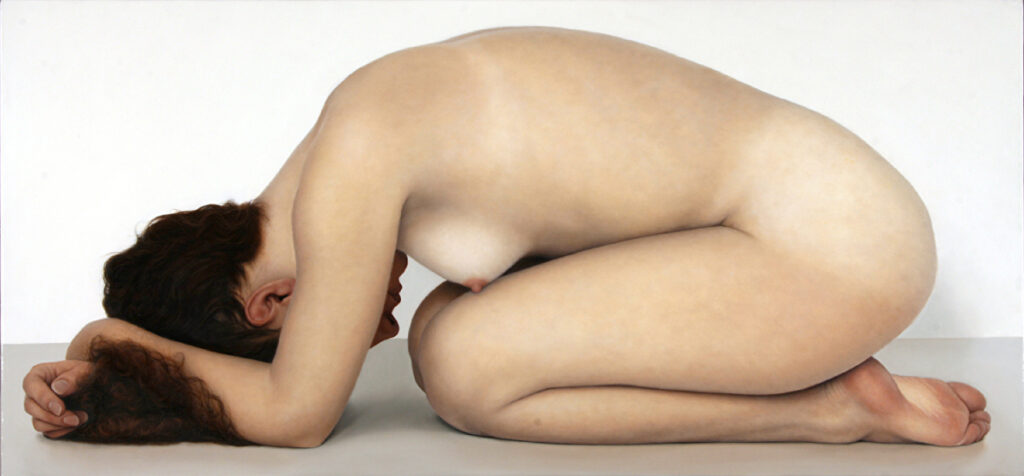
Q: What’s your relationship with ‘MiniARTures’ (miniatures actually, but hey if we can create a new word, we go for it 🙂 )?
It’s very encouraging to find a venue where I can present my small format paintings along with other painters of high quality realist paintings. My work in the MiniARTures exposition, “Somewhere Elsewhere”, is a study for a life size figure painting of the same title. I find my oil studies very useful. With them I am able to test composition and colour, and evaluate the viability of a painting that I might want to develop further. They often only go as far as the small study stage, but it’s nice to see that they still stand alone as finished works.

Q: How often do you get amazed as an artist and as a person?
As often as I visit a museum. Sometimes too long between visits… but luckily, I live 2 hours from Paris and some of the most beautiful museum art collections. Also, at least once a year I wind up going to Barcelona to visit MEAM which I find to be the premier venue to see the best contemporary realist painter in the world.
Q: What’s the best change that you have embraced in your career (or life)?
Changing countries. The best life change that I have ever done was moving to France 40 years ago. Not the best career move in that contemporary realist painting has been more repressed here than most other counties. That said, within the first year in Paris I managed to establish myself, showing with Galerie Alain Blondel, which gave me the means to survive as a painter. Being in a country where art history is everywhere you turn has been a great inspiration for my painting.
Q: What are you grateful for nowadays?
Being French, my home in Normandy, my wife and daughter.
Q: Do you have a favorite quote that you’d like to share with us and the FiKVA fans?
“Je ne veux pas que l’art m’embête, je veux être heureux » Maillol.
Something Elsewhere, oil study 2009 ‐ Oil ‐ Panel ‐ 35 cm (14 inches) x 23 cm (9 inches)
Q: Where has your courage brought you as an artist? This question is inspired by Brené Brown’s quote “Creativity is a paradoxical pursuit: The craft of making requires vulnerability and a certain kind of tenderness or openness to the world around us. At the same time, putting our work out in the world today can take a shit ton of courage and tenacity. This is a space to shine a light on the folks who are straddling these tensions and making us all a little better with their art. “
Courage? One day I was faced with the decision of whether to continue doing commercial painting projects (guaranteed income), or jump into the financially insecure world of being a “fine art” painter. It was an existential necessity for me to say: I will do anything in order to be able to paint for myself. But I’m not sure there was a lot of courage involved. I think the fear of not follow my dreams was a stronger driving force.

